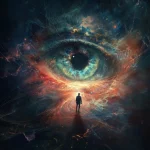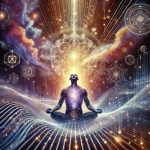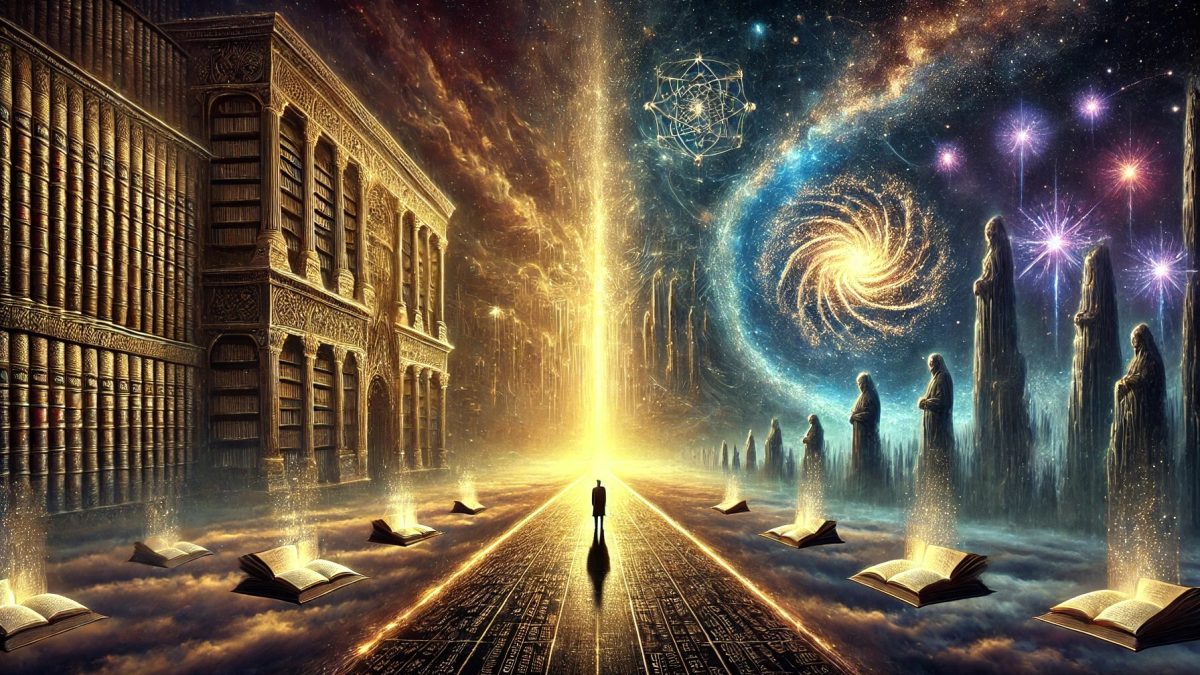
The Philosopher and the Mystic: Balancing Alignment, Reason, and the Unknown
February 7, 2025
Eudaimonia and Alignment: Ethics Beyond Rule-Following
February 10, 2025Introduction: A Philosophy in Motion
Ideas are never born in isolation. They evolve, shift, and demand to be tested by experience. The Philosophy of Alignment—my rejection of blind obedience in favor of attunement with self, others, and reality—was not something I consciously set out to create. Rather, it emerged over time, shaped by the friction between my love of the mysterious and my commitment to intellectual rigor.
In my previous post, The Philosopher and the Mystic: Balancing Alignment, Reason, and the Unknown, I explored my struggle to reconcile my fascination with the supernatural with my philosophical training. That tension is not just theoretical—it has shaped my intellectual journey, compelling me to develop a framework where mystery and reason do not contradict but complement one another.
This post is an attempt to map out how I arrived at Alignment as a philosophy, tracing its roots through the ideas, questions, and contradictions that pushed me toward it.
From Obedience to Inquiry: The First Break
Like many, I was raised in a world where obedience was equated with morality. To be good was to follow the rules. To question authority was to invite chaos. Yet, even as a child, I sensed a paradox: those who conformed often lacked wisdom, while those who questioned seemed to find it.
🔹 Socrates taught me that wisdom begins with self-examination. His relentless questioning of what people assumed to be true planted a seed: if morality was simply about obedience, why did it so often fail?
🔹 Horror movies, of all things, reinforced this skepticism. They revealed that following the rules—ignoring the shadows, denying the impossible—often led to doom, while those who survived were the ones who adapted, who listened to something deeper than mere social norms. Horror, in its own way, whispered to me: Obedience is not safety. Awareness is.
🔹 Carl Jung introduced me to the idea that the psyche contains hidden depths. Morality, identity, and meaning were not simple things handed down by institutions; they had to be discovered, wrestled with, integrated.
Each of these ideas fractured the worldview I had inherited, leading me toward a deeper question: If obedience was not the key to wisdom, what was?
Alignment: A New Way to Think About Morality and Meaning
The concept of Alignment crystallized slowly, built on the realization that morality, purpose, and knowledge must come from engagement, not submission.
✔ Aristotle’s idea of eudaimonia (human flourishing) convinced me that ethics should be about growth and fulfillment, not mere rule-following. ✔ Hermeticism’s “As Above, So Below” hinted that the inner and outer worlds were interconnected—alignment with self could lead to alignment with reality. ✔ David Chalmers’ Hard Problem of Consciousness suggested that awareness itself might be a fundamental part of existence, not just a product of the brain. If so, then alignment was not just personal—it was metaphysical.
🚀 Alignment, as I came to see it, was not about conforming to an external moral code but attuning oneself to reality, to wisdom, to the deeper structures that govern existence.
But this realization led me into a new tension: What do we do with mystery?
Mystery, Horror, and the Supernatural: The Friction That Remains
Even as I refined Alignment as a structured philosophy, I resisted the impulse to discard mystery in favor of cold rationality. My love of horror, the supernatural, and the unexplained had not faded. But how could I integrate them without becoming uncritical?
🔹 Dean Radin’s research on psi phenomena suggested that science had not yet fully mapped the edges of consciousness. 🔹 Jung’s synchronicity and the collective unconscious pointed to unseen connections between mind and reality. 🔹 Even quantum mechanics suggested reality was far stranger than traditional materialism assumed.
Yet, I also knew the dangers of believing too easily—the way mysticism could become dogma, the way supernatural beliefs could drift into escapism. Alignment had to leave space for the unknown without surrendering to it.
🚀 Thus, Alignment became not just about morality, but about how we relate to the unexplained. It does not dismiss the supernatural, nor does it blindly accept it. Instead, it asks: How do we engage with mystery wisely?
Conclusion: Alignment as an Ongoing Process
I did not arrive at the Philosophy of Alignment all at once. It was forged in contradiction, in paradox, in the pull between obedience and inquiry, skepticism and mystery, horror and wisdom.
This is not a closed system—it is a philosophy in motion. One that asks questions rather than dictates answers. One that allows for both the structure of reason and the freedom of the unknown.
For those who, like me, have felt the tension between their love of mystery and their need for intellectual clarity, I offer Alignment as a way forward. A way to step beyond obedience, to embrace both reason and wonder, and to live in harmony with the deepest currents of existence.
🔥 Alignment is not something we achieve—it is something we practice. And that practice begins with asking: What am I truly attuned to?
